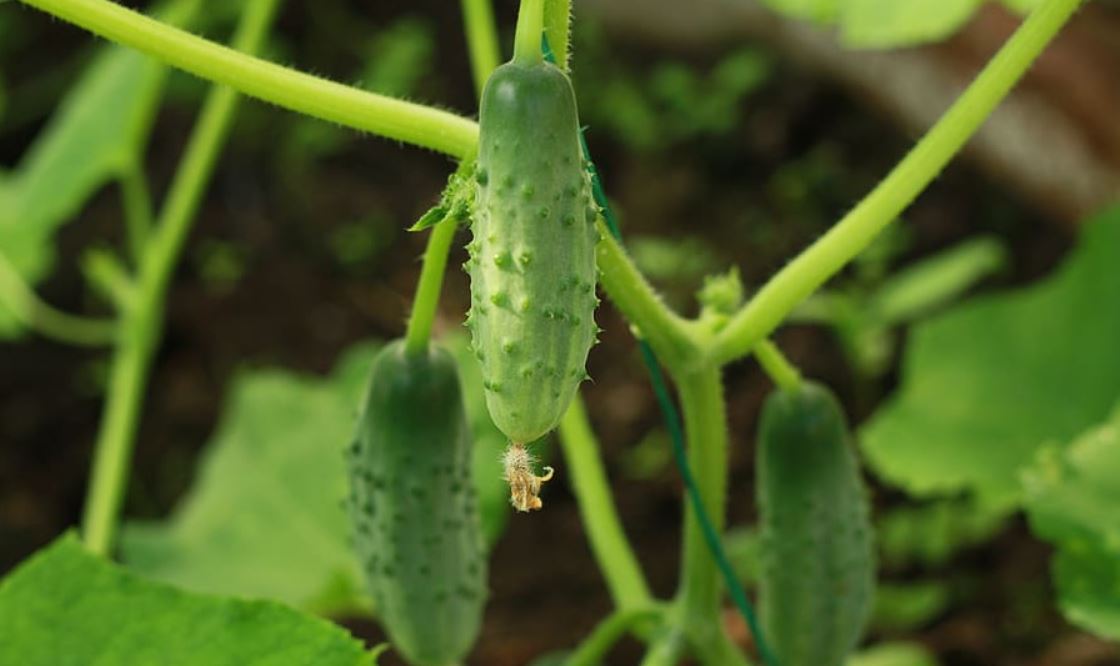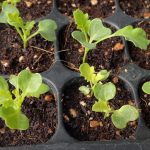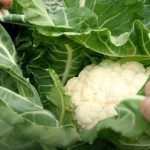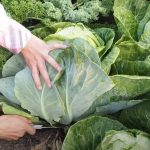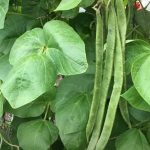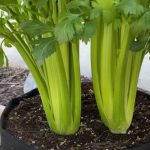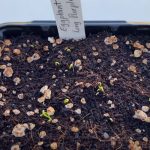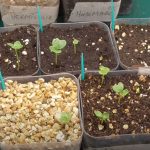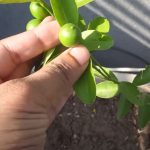Do you know most cucumbers in America are grown in open gardens or fields? Don’t let your hopes down because it’s possible to grow them indoors with my tricks! Welcome to Starting Cucumber Seeds Indoors 101, where I show you from A to Z how to germinate these tiny seeds and turn them into juicy fruits.
Cucumbers don’t take much time to grow from seeds, only 50 to 70 days. Sow them in spring, and you can harvest the first green fruits in early summer! Check out my curated instruction for planting cucumbers from seeds here!
Overview
Level of difficulty: Easy, very easy
Nutrition: Cucumbers contain moderate portions of components like Vitamin B3, B2, C, calcium, magnesium, phosphorous, potassium, and sodium. The most significant benefit of consuming cucumbers is that the vegetables keep you hydrated since they contain 97% of water when raw.
And since this species has so much fiber, it can keep your digestive system healthy by preventing constipation. Some other health benefits of cucumbers are: healthy bones, improved vision, and strengthened immune system.
Furthermore, in case you suffer from a sunburn, you can cut cucumbers into slices to cover your face or throw them in a blender to rub the paste on your skin for a soothing effect.
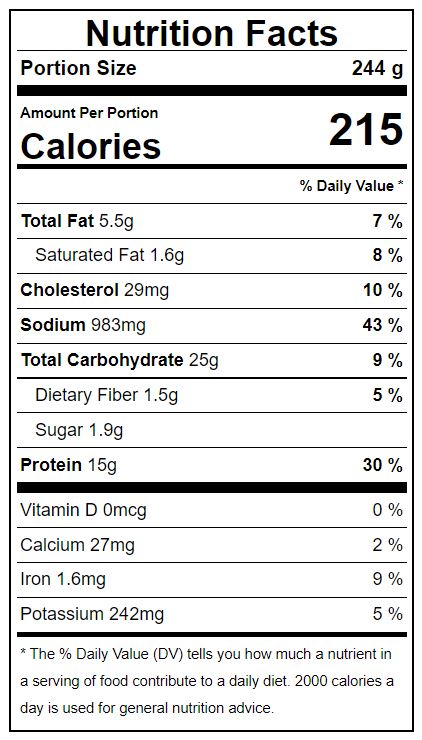
Height: Depending on the hybrid, a cucumber plant can grow anywhere from 3 to 12 feet. With this height range, cucumbers make perfect annual indoor plants.
Time to fruit: 50 to 70 days post germination
Lifespan: About 70 days. Since cucumbers are annual crops, not perennials, farmers will sow new seeds from February to April and throw away the plants, including the entire root systems, to prepare for the next growing season.
Preparation
Tools
- Ziploc bag or plastic container with lid
- Paper towel
- Distilled water
- Artificial sunlight lamp (optional)
- Heat mat (optional)
- Small pruning shear
- Potting mix with well-drained and porous characteristics
Containers
You can choose a nursery pot, retail ceramic pot, or Peat Jiffy Pellets. Each container has its own benefits.
Distinguish Male And Female Cucumber Flowers
You can distinguish male and female cucumber flowers by checking for their stalk. Male flowers have a thin stalk without any special-shaped bulge. While female flowers have a budding fruit right under the flower, looking exactly like a baby cucumber (immature fruit).
Knowing the difference will allow you to secure the fruiting rate. So check out these photos for a better understanding of their anatomies!
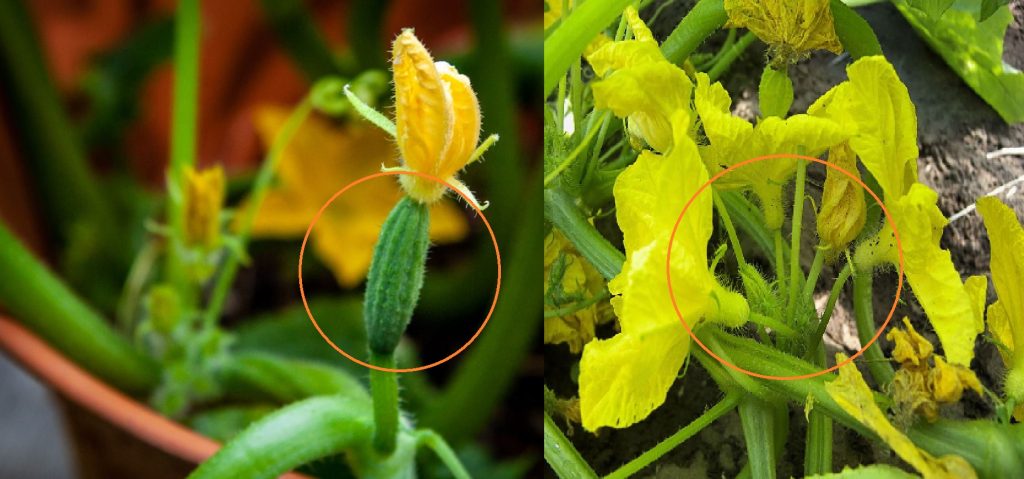
Starting Cucumber Seeds IndoorsAndHarvest The Fruits!
From A to Z, learn how you can start the seeds indoors and how to care for the plants from their young age to adulthood and harvest them all!
Germination
Attention!:With cucumber seeds, it’s best to germinate them in a paper towel before planting due to how hard it is to make the seeds sprout! I have tried to sow directly in soil many times, but the germination rate is too low for my liking. Of course, the seed’s quality impacts the viability heavily, but we can secure the germination rate by this method!
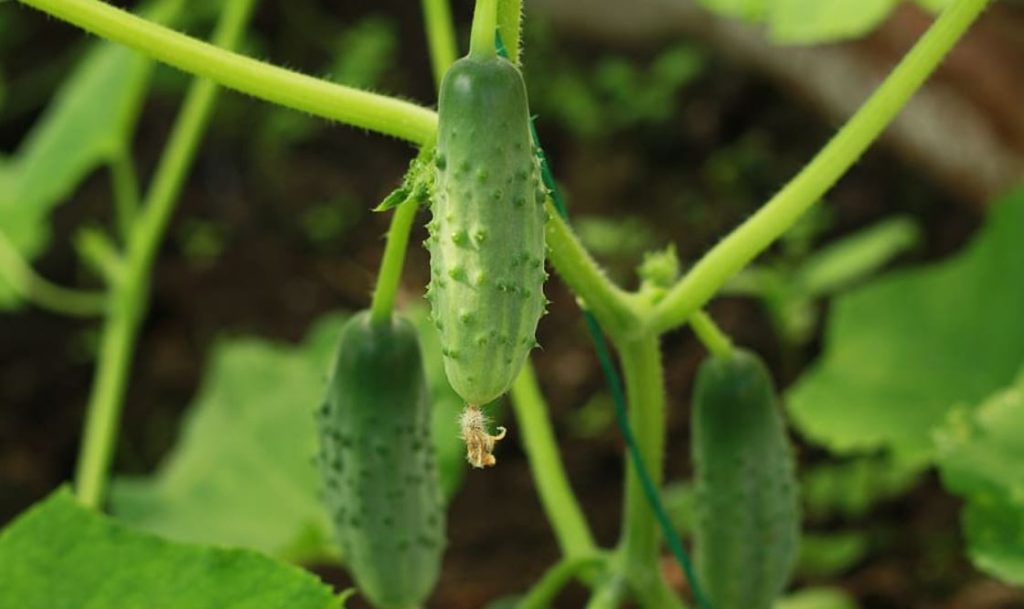
Step 1: If the seeds are dry out of the pack, give them a good soak for 12 hours so that they have a chance of sprouting faster.
Step 2: Prepare a paper towel and a spray bottle. Fill it with distilled water and give half the towel a good spray.
Step 3: Place each cucumber seed apart from each other on the damp half of the paper towel.
Step 4: Fold the other half over the seeds and try to fold the edges until everything is sealed. It doesn’t have to be 100% blocked entry, but folding the edges will result in better imbibition.
Step 5:Place the paper towel with the seeds inside the Ziploc bag or the plastic container with a lid. Then, place the entire container of choice on top of the heat mat for plants with a consistent temperature of 75 – 85oF.
Step 6: Check the humidity daily and spray more distilled water if the paper seems a bit dry or not moist enough, but it’s unnecessary since the imbibition duration is short. After about 2-3 days, you can already see which seed is viable for planting.
Seedling
Now it’s time to transplant viable seeds into soil! Follow these step:
Step 1: Choose your container and fill it with your potting mix, unless you use Peat Jiffy Pellets because they are filled with compressed loamy soil already.
Step 2: Dip the first index of your finger in the middle of the soil to create a small hole. This will be where you put the seed. Remember that each container or Peat Jiffy Pellet is equivalent to one plant/ seed.
Step 3: Place the seeds in the soil and cover the holes with a thin layer of dirt.
Step 4: Water lightly until the soil is damp but not soaked, and place the seedlings under a light source (sun or artificial lamp). Wait for 2 or 3 days more, and you will clearly see 2-inch seedlings breaking through the surface. The tiny seedlings will only take 7 days to grow into young plants.
Step 5: Start fertilizing after 15 days of transplanting into soil. Distribute granular 5-5-5 fertilizer around the soil surface and water slightly to sink the nutrients deeper and gradually.
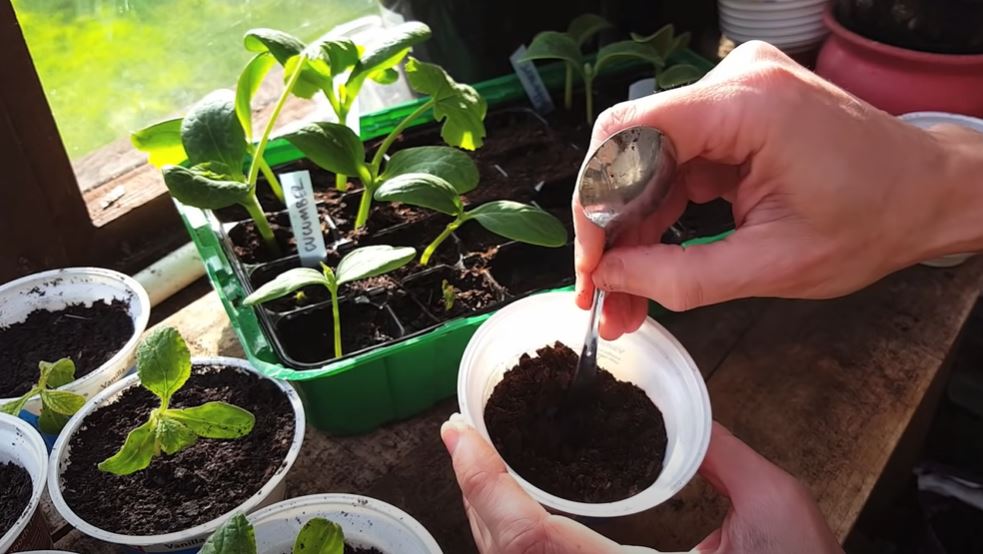
Adult plant
How long does it take cucumber to grow into an adult plant? You can enjoy some slightly tall cucumber trees 20 to 30 days after germination. But then, after 35 to 40 days, flowers start to appear everywhere on the stems. Stop fertilizing when the flowers start blooming!
Hand-pollinating indoor cucumber trees
This phase is critical because if you don’t chime in, your cucumber plants may not bear fruit. You have to hand-pollinate the flowers proactively! How do you do it?
Use a soft and small brush and tap on the pollen-bearing anther of any male cucumber flower. Then, find the female flowers and brush the pollen on the stigma to trigger the growth of the fruit.
After only a few more days, you will see the immature fruit on the female flowers starting to thrive. Provide 2-5-3 fertilizers once every 10 days when the fruits are still small to boost their sizes by the end of the harvesting season!
Harvest
It’s not very tricky to harvest cucumber. You can easily break the cucumbers from the stems, or you can use a pruning shear to make the task less messy. Don’t be afraid of pulling the fruits from the branches since we won’t be growing the plants into a second harvesting season due to its single-crop nature!

How To Care For Your Cucumber Plants
Each species has its own strict requirements of living conditions that gardeners need to provide if they want to bring out the ultimate yield in each harvesting season. Learn all that about cucumbers with me here!
Temperature
The best temperature range for cucumbers to grow is from 75 to 85oF. So it’s safe to say that the species favor warmth and doesn’t typically tolerate winters well. That’s why I heavily suggest starting your crop in late winter when it already gets warmer or in early spring.
That way, the crop can enjoy moderately warm weather all the way through its maturing process with only a few cool months.
Light
I want to emphasize that despite their love for warm weather, cucumbers don’t develop normally in blasting and hot sun day after day. It’s expectable to get misshapen fruits or even wilt ones if exposed for too long. So I heavily recommend providing shade on hot days. Or you can choose materials that allow the sun to shine through but with moderated intensity, like a mesh garden shade.
Other than natural sunlight, cucumbers can completely grow indoors under artificial sun lamp!
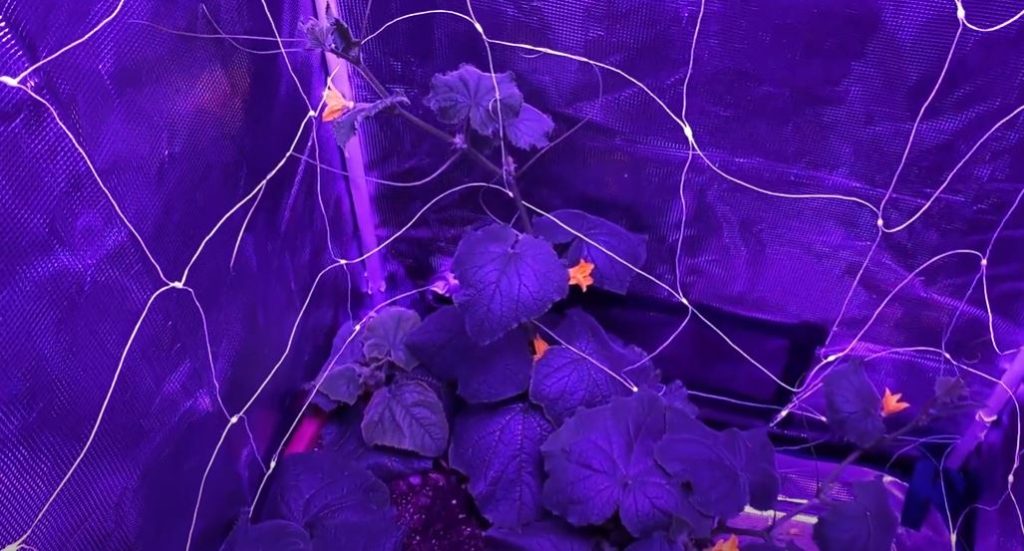
Water
Cucumbers love water and don’t hold back whenever you water them if the soil is well-drained. Keep the soil damp but don’t overwater either to avoid suffocating the roots. Many recommend watering 1-inch per week, but there really isn’t a fixed number when you are gardening. I suggest checking the soil’s humidity once every 2-3 days. If the soil surface seems dry, give it a good splash of water and allow it to dry a bit between watering days.
If you sow the seeds in late April when the sun blasts at full heat, expect to water twice a day because the soil gets hotter, and the water evaporates too quickly for the roots to retain moisture.
Oxygen
Cucumbers prefer porous, lightweight, and well-drained soil so that the root system can access oxygen effortlessly. This is a huge part of the photosynthesis process that keeps the tree growing healthy, so ensure you don’t water too much each time the water retention is too intense.
Diseases
Some common diseases found in cucumber plants are:
- Downy and powdery mildew
- Leaf spot
- Root rot
- Blossom-End Rot
If there is any sign of fungal invasion or bugs circling your cucumber crop, don’t be afraid to use a fungicide to fix the problem. Of course, if the crops are far from salvation, using fungicides won’t turn the table. But if you spray some neem oil fungicide once every week or every 10 days before there is any sign of fungi, your plants are adequately protected throughout their entire season.
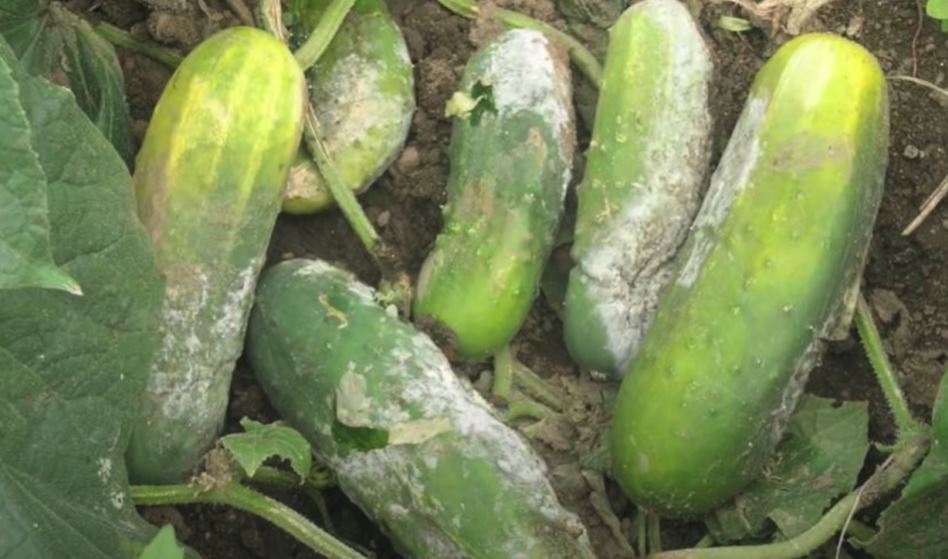
Fertilizer
You don’t have to provide too much fertilizer for your cucumber pot throughout the entire growing process, but it’s still necessary to fertilize at least 2-3 times before the flower buds form and after that, when the fruits already emerge. Basically, there are 2 phases you need to focus on complimenting more nutrients to your cucumber plants:
- Before flower buds: Apply fertilizer to the soil after 15 days and 25 days after the plants seedlings are transferred to the soil. During this phase, the flower buds haven’t appeared yet or are still extremely small. Applying a nitrogen-rich fertilizer to the soil now will provoke flower buds to form, which obviously results in more cucumbers.
- When the fruits start to appear: When the cucumbers are still tiny yet visible (after 40-45 days post-germination), fertilize them with phosphorous-rich organic products to promote fruit growth. As for nitrogen and potassium, their ratio can be balanced, or the potassium percentage can be a little higher to support water and energy transmission. It’s unnecessary to promote leaf growth at this point, so avoid fertilizing high with nitrogen!
What type of fertilizer should we use? Try using granular fertilizers with an NPK of 5-5-5 during the first phase and switch to liquid fertilizer if you want a more visible effect on the fruits with an NPK of 2-5-3. Avoid using fertilizers with too high components of NPK. The mild ones that I suggest are the best for this gentle crop.
How to prune cucumber plants
It’s very important to prune cucumber flowers because if you allow all of them to propagate, the trees may divide their attention to even male flowers, which won’t produce fruits and don’t distribute as many nutrients to the female flowers with the fruits as we want them to.
But be careful not to cut the male flowers too early! Despite being a self-pollinating variety, cucumber crops still need human intervention to secure a successful yield via hand-pollination. Having both male and female flowers, cucumbers don’t require cross-pollination. So if you cut the male flowers too early before pollinating, the fruits may not emerge despite your best effort.
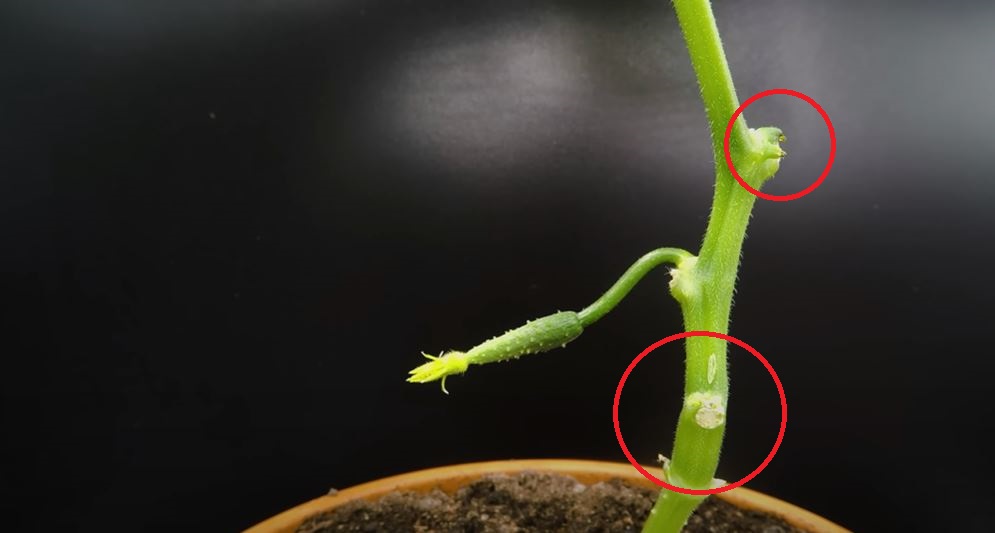
In conclusion, prune or cut the male flowers and their entire stems, but only after hand-pollinating the female ones yourself!
So, do you find my tips helpful? Growing cucumbers from seeds isn’t so complicated if you follow the steps and tricks I give you! Make sure to share the result and my instruction if you find it useful!
